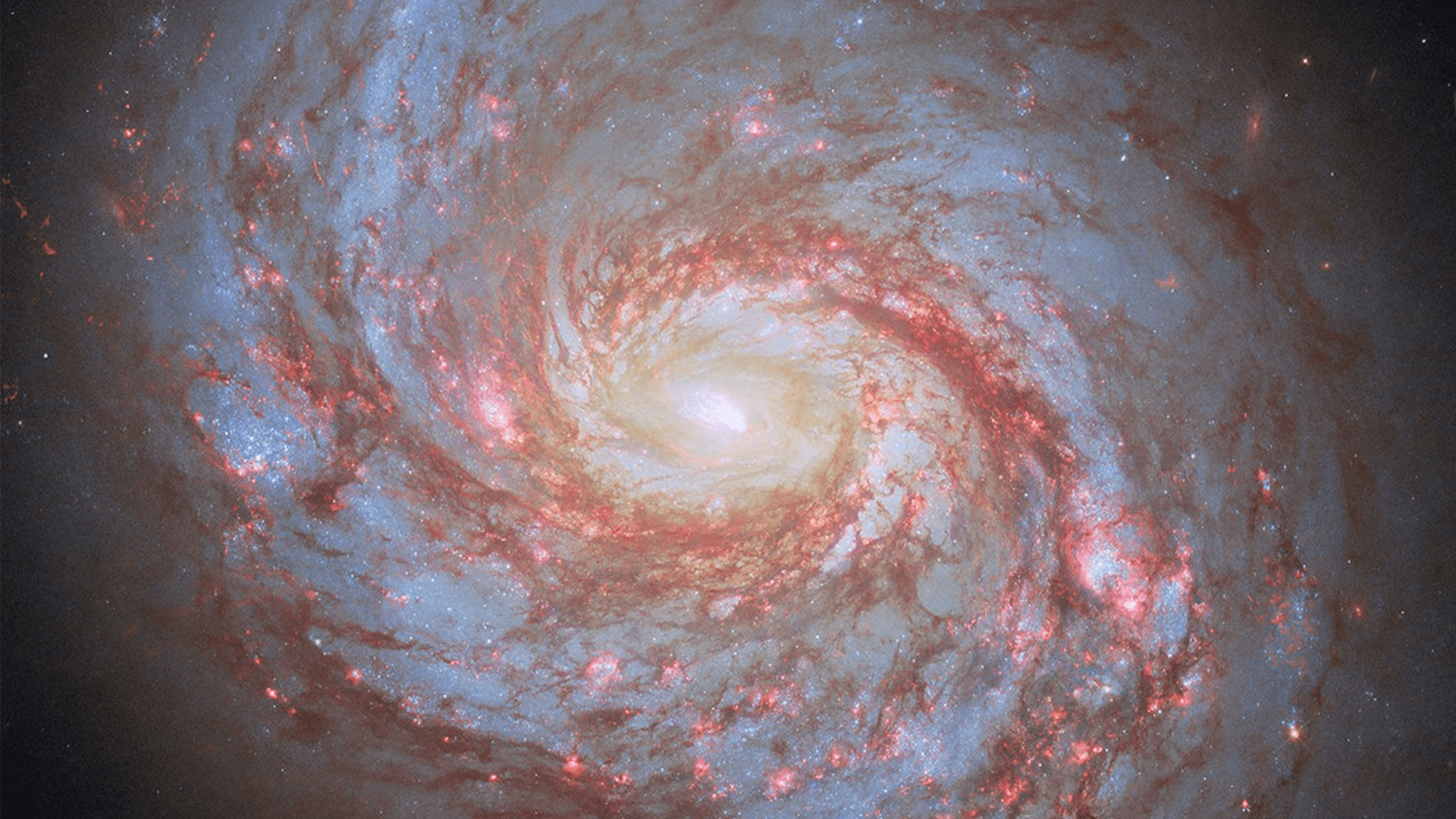Alien World Breakthrough: Is This Distant Planet the Next Potential Habitat for Life?
Science
2025-04-17 09:00:35Content

In a groundbreaking discovery that has sparked excitement in the scientific community, researchers have detected tantalizing chemical signatures in the atmosphere of exoplanet K2-18b that could potentially indicate the presence of life. Using advanced spectroscopic techniques, scientists have identified molecules typically associated with biological processes on Earth, hinting at the possibility of primitive life forms existing on this distant world.
The planet, located in the habitable zone of its star, has long intrigued astronomers for its potential to support life. Now, the detection of these specific molecular compounds adds a new layer of intrigue to our understanding of extraterrestrial environments. While not definitive proof of life, these findings represent a significant step forward in the search for potential biological signatures beyond our solar system.
Researchers caution that further investigation is needed to confirm these preliminary results. However, the discovery opens up exciting possibilities for understanding the potential for life in the universe and continues to push the boundaries of our scientific exploration of distant planetary systems.
Cosmic Whispers: Potential Biosignatures Detected in Distant Exoplanet's Atmosphere
In the vast expanse of our universe, scientists continue to push the boundaries of astronomical exploration, uncovering tantalizing clues about the potential for life beyond Earth. Recent groundbreaking research has turned its gaze toward a distant exoplanet, revealing unprecedented insights that challenge our understanding of extraterrestrial environments and the possibility of biological existence.Unraveling the Mysteries of Interstellar Life Detection
The Enigmatic World of K2-18b
K2-18b represents a fascinating astronomical anomaly that has captured the imagination of researchers worldwide. Located in a distant solar system, this exoplanet exists within what scientists call the "habitable zone" - a cosmic sweet spot where conditions might potentially support life as we understand it. Unlike previous observations, this particular planet presents a unique atmospheric composition that has set the scientific community abuzz with excitement and speculation. The planet's atmospheric analysis reveals a complex molecular landscape that defies conventional expectations. Sophisticated spectroscopic techniques have allowed researchers to peer deep into the planetary atmosphere, uncovering molecular signatures that bear striking resemblances to biological processes observed on Earth. These molecular indicators suggest the potential presence of chemical compounds typically associated with living organisms.Advanced Spectroscopic Techniques in Astronomical Research
Modern astronomical research has evolved dramatically, with cutting-edge technologies enabling unprecedented levels of planetary investigation. Researchers utilize advanced spectroscopic instruments mounted on powerful telescopes, capable of detecting minute chemical variations across vast cosmic distances. These instruments analyze the light passing through planetary atmospheres, creating intricate molecular fingerprints that provide insights into potential biological activities. The detection methodology involves measuring subtle variations in light absorption and emission, allowing scientists to identify specific molecular compositions. Each molecule tells a story, revealing potential environmental conditions and hinting at the possibility of biological processes. For K2-18b, these techniques have unveiled molecular signatures that challenge our traditional understanding of extraterrestrial environments.Implications for Extraterrestrial Life Theories
The discovery on K2-18b represents more than a mere scientific curiosity; it fundamentally challenges existing paradigms about life's potential distribution across the universe. While researchers remain cautiously optimistic, the molecular evidence suggests that biological processes might not be exclusively terrestrial phenomena. Interdisciplinary teams comprising astrobiologists, chemists, and astronomers are meticulously analyzing the data, seeking to understand the profound implications of these findings. The detected molecules could represent primitive biological indicators or potentially be the result of complex chemical interactions unique to this distant planetary environment.Technological Innovations Driving Astronomical Discoveries
The breakthrough in studying K2-18b's atmosphere highlights the remarkable technological advancements in space exploration and observational astronomy. Sophisticated instruments like the James Webb Space Telescope have revolutionized our ability to investigate distant planetary systems with unprecedented precision. These technological marvels allow researchers to conduct detailed chemical analyses across astronomical distances that were previously inconceivable. By combining multiple observational techniques and leveraging advanced computational models, scientists can now extract nuanced information about planetary environments millions of light-years away.Future Research and Exploration Strategies
The discoveries surrounding K2-18b are merely the beginning of a potentially transformative journey in understanding extraterrestrial environments. Researchers are already planning more comprehensive studies, developing increasingly sophisticated observation techniques to further investigate this intriguing exoplanet. Future missions and research initiatives will likely focus on developing more refined spectroscopic methods, creating advanced computational models, and expanding our technological capabilities to explore increasingly complex planetary systems. The ultimate goal remains uncovering definitive evidence of life beyond Earth, a quest that continues to inspire and challenge scientific imagination.RELATED NEWS
Science

Beyond Boundaries: The Mind-Bending Truth About the Universe's Endless Frontier
2025-04-22 13:00:00







